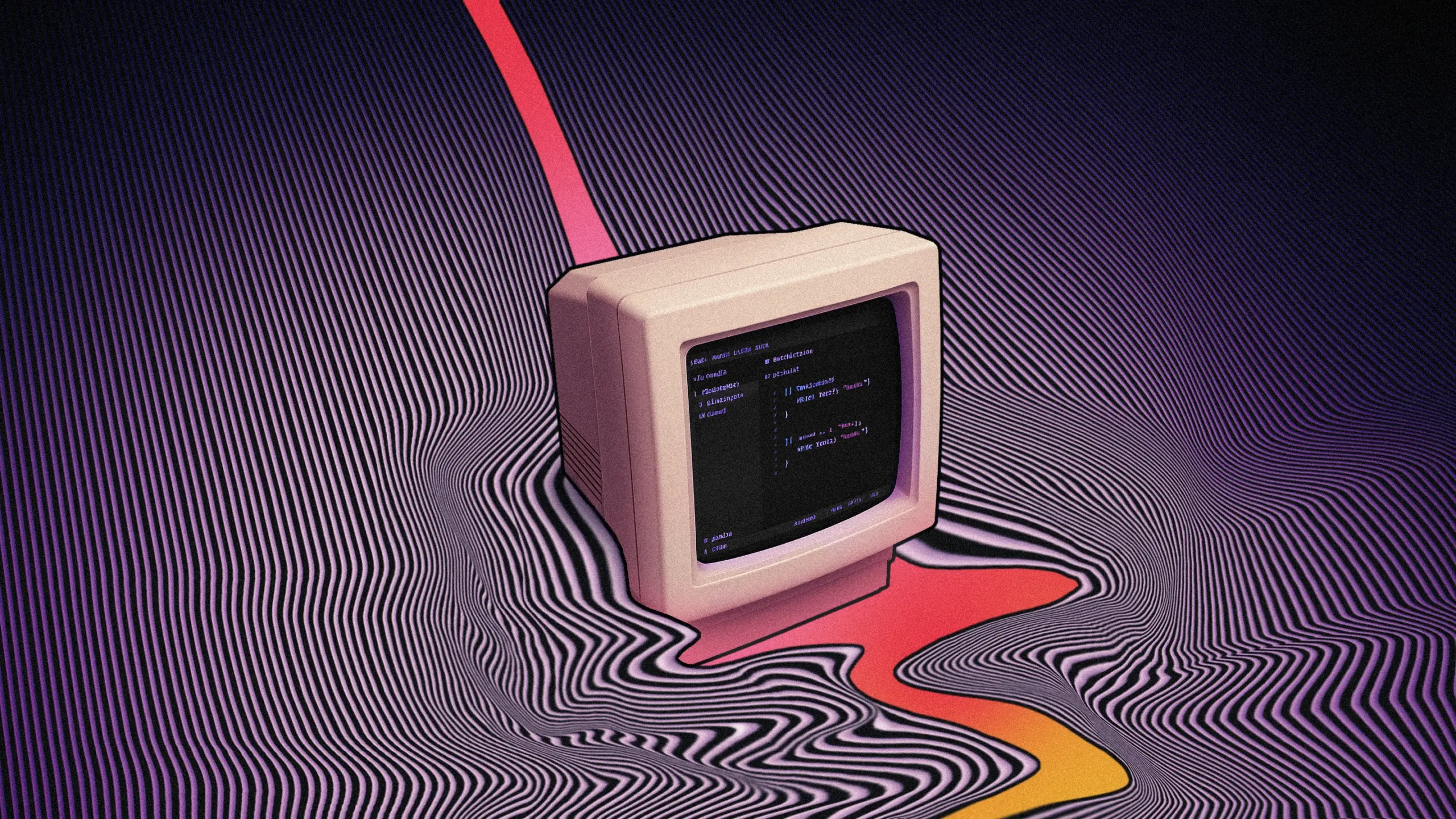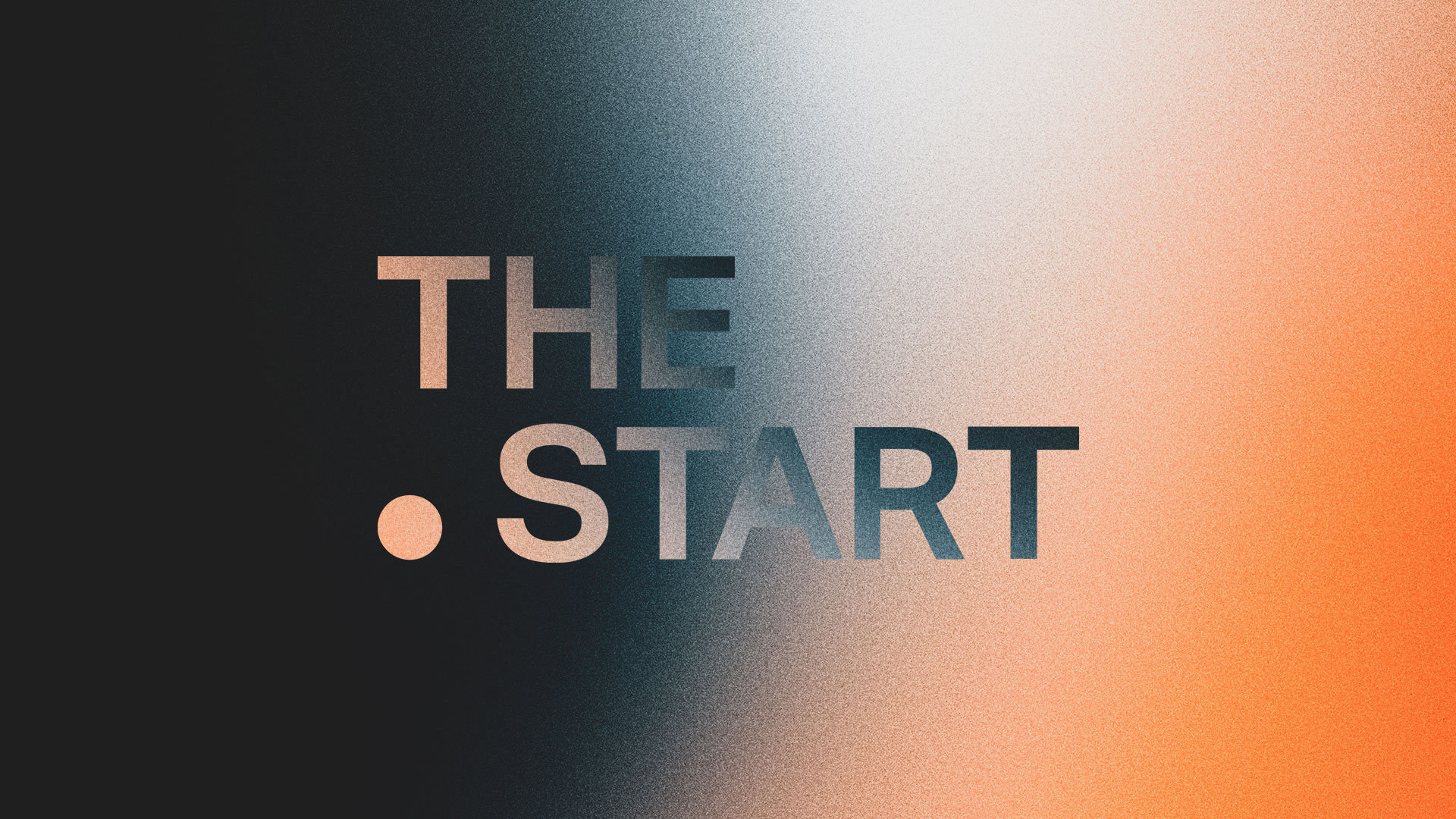The Importance of Vibe in AI Development
AI
Websites

The Start
Creative Director at The Start

Among many things, AI has become shorthand for job cuts. Scroll any “roles at risk” list and you’ll see the usual suspects: data entry, copywriters, customer service… and yes, developers. On the surface, it checks out. For repetitive tasks like bug fixes, boilerplate code, or proofreading, AI is already frighteningly good. It’s eaten into much of the entry-level grind.
But that only tells a part of the story. The big question isn’t how long have developers got before they’re replaced, but how the role of a developer evolves, and whether that evolution leads to better, more interesting and innovative work. We believe it does.
Historically, developers are not especially known for bringing ‘a vibe’. Things are changing quickly though. The role of vibe in development has never mattered more.
Has AI changed the job?
Not long ago, a developer job listing read like an impossible role to fill: create, design, diagnose, animate, troubleshoot, fix, ship, style, repeat. Today, AI carries a lot of that weight.
Our Head of Innovation, Travis, shares a good analogy: working with AI is like being a music producer in the studio. The tools – instruments, software, loops, midi (vs code editors, builder agents, development assistants) – can generate something that sounds cohesive, if a little generic. But it’s the producer who bends, distorts, and reshapes those raw sounds into something completely new, original, and ridiculously unique. It takes experience, personality and vibe to pull it all together. Exactly the same applies for the modern developer.
It’s the ability to shave hours, days and weeks from a task that makes AI development (read, Vibe Coding from here on), truly incredible. Tasks that once required weeks of learning and integration now take hours.
AI very quickly has the ability to understand both code and intent. It’s capable of managing huge amounts of monotonous work – generating database schemas with the attention to detail that matches our own standards, at incredible speed. Importantly it’s also an invaluable assistant, especially for novice developers without a clue – hello Neil……..
If documentation research is a part of your day to day, then you’ll already know just how capable GPT and Claude are for streamlining your work. Rather than sifting through extensive technical documentation, we can feed an LLM model the library we’re using and ask directly how to implement the functions we need. Three.js has even developed a ChatGPT-trained mentor built directly into their documentation.
It was only three years ago that this type of capability was a thing of the distant future. Today, it’s the norm. The pace of change has been brutal – and it’s not slowing down. What felt like an experiment yesterday is a polished feature today and will be redundant tomorrow. The cycle is accelerating, and developers seem to be right in the middle of it.
So….should devs be worried? Maybe – if your value is tied only to the tasks AI can now easily manage. But if your value is vibe, vision, and the ability to turn tools into something greater than the sum of their parts, then AI is going to amplify what you can achieve. The real question isn’t whether AI will replace developers. It’s whether developers are open and ready to evolve as quickly as the tools they’re using.
What’s in our toolbox?
We’d be hypocrites writing about AI without sharing what we actually use:
- Trae & Cursor – AI IDEs that clean, refactor and streamline our workflow.
- Claude & ChatGPT-5 – second opinions, refactoring advice, and “what if” experiments.
- MCPs like Convex – builder agents that chew through setup so we can focus on design.
- UXPilot & generative models – instant wireframes, placeholder visuals, mock content.
The stack changes weekly – sometimes daily. If you’ve got a better toy, we’d love to hear from you.
Where AI falls short
It will come as no surprise that AI isn’t perfect – no shit Sherlock. Its code is often bloated or fragile. And the ‘vibe coding’ process is far from defined, and often quite frustrating. AI is capable of performing brilliance, then, in the next breath/request, forgetting everything you previously told it, going off on a tangent that seems impossible to get back from. Our Lead Developer, Cullen, puts it like this: “Once AI ties itself in a knot, it’s tough to untangle it. You’re left with triple knot spaghetti code when all you needed was a handful of clean lines.”
And while AI can clear away much of the grunt work, it’s the dev grind that used to be a training ground for entry level developers. Now one developer with AI can do the work of several, which reduces the entry path for new talent. Swings and roundabouts…..
Enter vibe coding
This is where vibe matters. AI can churn out templated feel sites and cookie-cutter products all day. What it can’t capture is vibe – or gut feel if you’re feeling suitably old school. Vibe coding is the art of knowing when to let AI run, when to rein it in, and when to add some seasoning to make a product or brand experience actually deliver something special.
Vibe is timing, nuance, empathy, experience, understanding and taste. It’s why some digital ‘things’ feel alive instead of automated. AI can play every note on any instrument, but it can’t sense melody, mood and feeling. One of the many things we, as humans, have going for us is the intrinsic ability to feel something. Some may call it a soul. Some attach it to spirituality. We barely understand it ourselves. Arguably it’s the one thing that can’t be coded.
Building on craft
AI isn’t removing the craft of development but it is changing it. We believe it gives developers the space to create, innovate and imagine unlike ever before. AI tools give us capacity, but it’s the human elements of vision, vibe and feel that make the output worth something. At The Start, AI won’t ever “build the site”. It will contribute, no doubt in varying ways. But people will be at the center of design and development for many years to come.
Or at least until we’re all wearing Meta Glasses and no longer need devices or screens to view (or listen to) a website!
Keen to know more about our process and how we can help future proof your brand and website? Say hello. We’d love to chat.
Time for one more?
Back to the pulse
General
Welcome to the Start of The Start
We've rebranded. Start Digital is now The Start. Want to know why? Read More